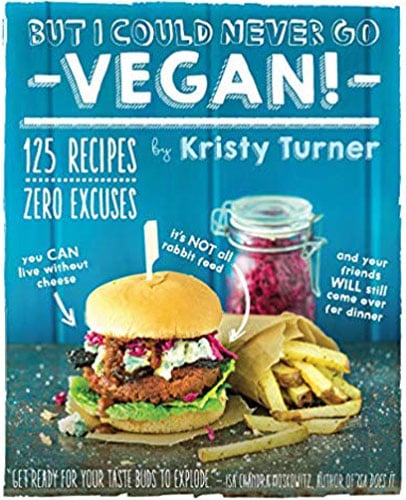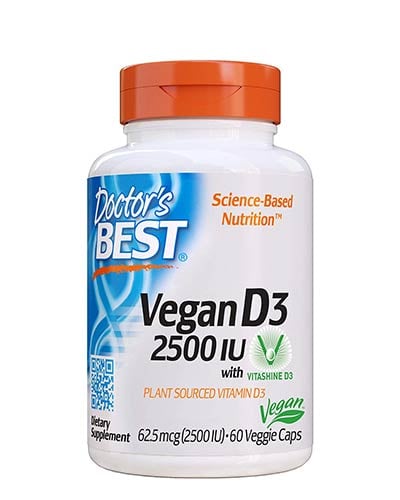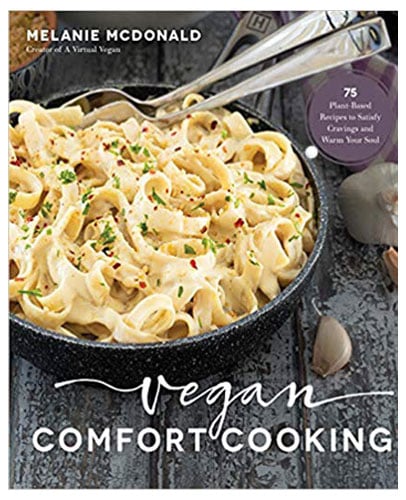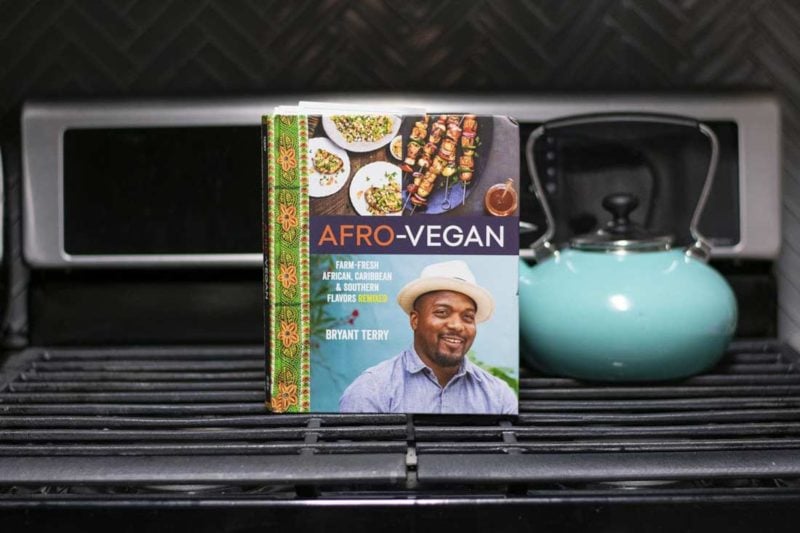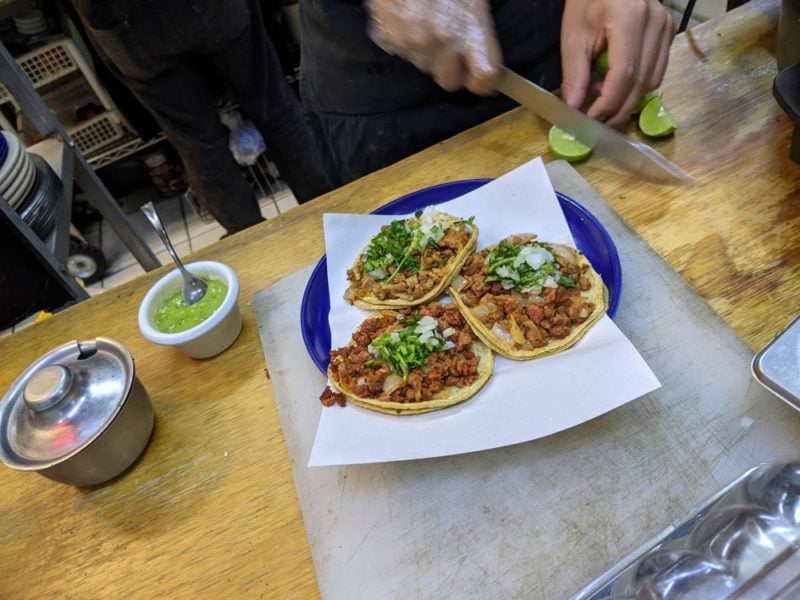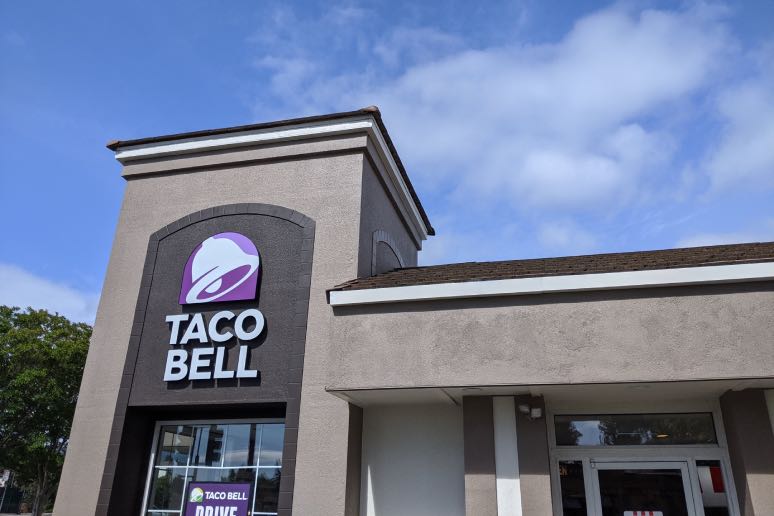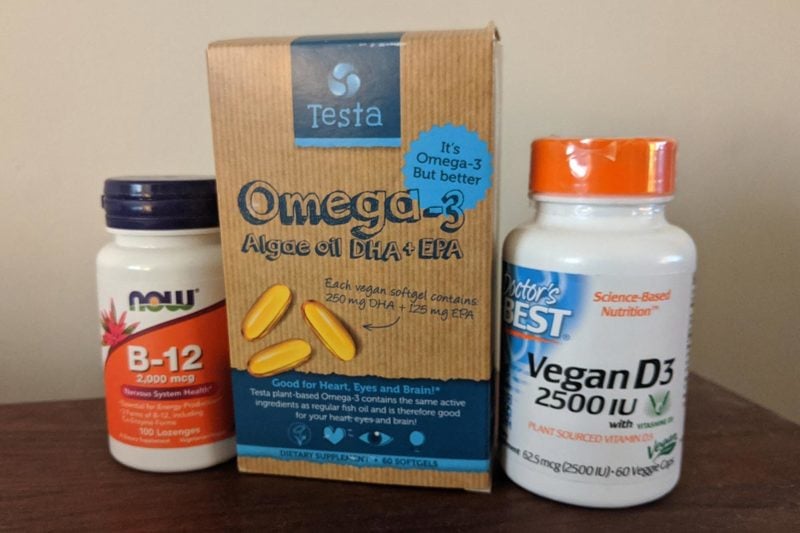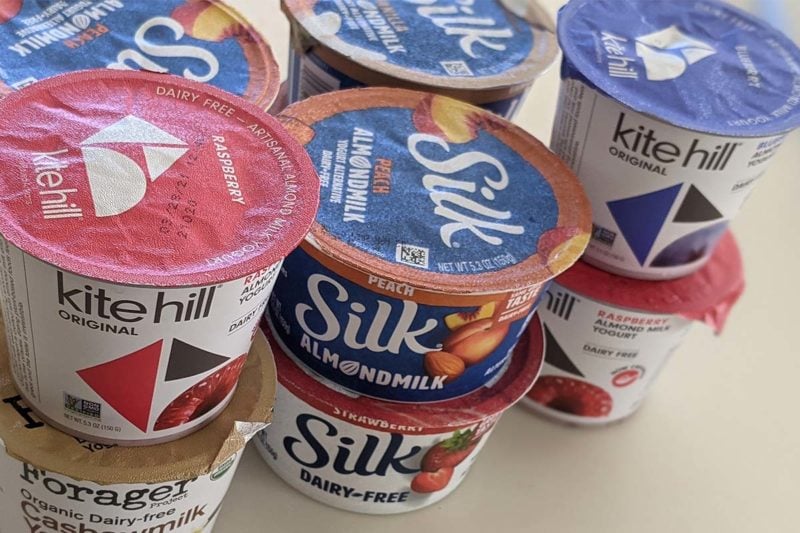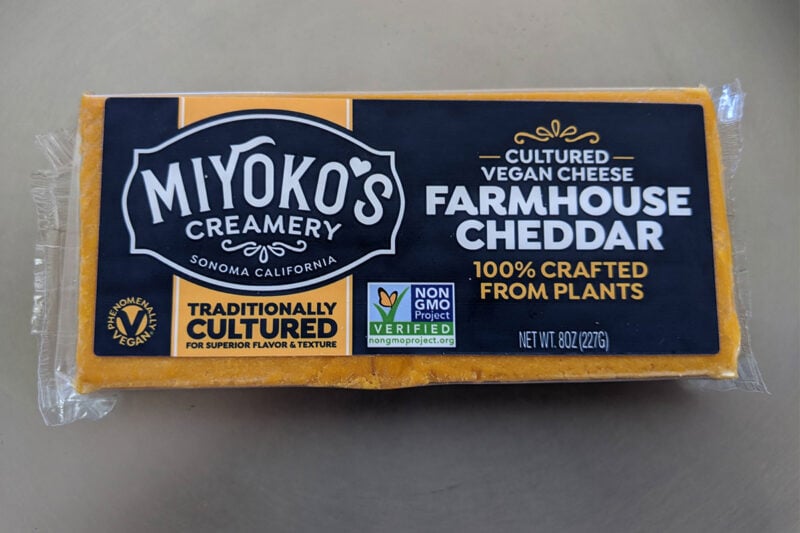I can’t believe I missed it: the Meat Industry Hall of Fame’s first-ever induction ceremony occurred in Chicago on October 27. And what a night it was: headlined by the illustrious Bill Kurtis—the former CBS anchor who currently narrates criminal justice shows for the A&E Television Network.
Meat industry luminaries including Don Tyson, Jimmy Dean, and the late Frank Perdue were inducted that evening, along with litigious feedlot owner Paul Engler, who you might remember for suing Oprah Winfrey over mad cow disease and getting spanked in court. By all accounts, it was a truly magical evening, what with Kurtis’ gripping keynote address offering up a 30 minute history of the American meat industry.
Despite the glitz, an undercurrent of worry pervaded the event. See, the meat industry was in the midst of its most horrific year on record, being seemingly besieged by all sides. Robert “Bo” Manly, CFO of pork titan Smithfield Foods put it best: “Anything that breathed lost money.”
Most of the meat industry’s pain was from a faltering economy that was creating countless “recession era vegetarians.” An August USDA report showed that beef, pork, and chicken production had all dropped substantially. That month, meat giant Tyson Foods warned its investors that quarterly sales had dropped 3 percent from the year before.
The end of burgers and fries as the quintessential American meal may be at hand. In America, the furthest you can possibly get from a McDonald’s is just 107 miles. But it appears the industry has overbuilt, and franchises are closing up left and right. In a sign of the times, one failed KFC was converted to a marijuana dispensary.
Nowhere was animal agribusiness’ pain more keenly felt than in the milk industry. American dairies were failing at such a rate that one observer predicted that a third would go out of business in 2009. To deal with the glut of milk, government and industry combined to organize a mass slaughter of more than 100,000 cows. Dairies spent 2009 looking for every excuse to cut herd sizes, and keep only the most productive cows. Overall, it appeared likely that more than 1.5 million cows would be slaughtered in 2009. The dairy industry’s pain was borne disproportionately by organic farmers, as cash-strapped consumers switched back to cheaper factory farmed milk.
Happily for US dairies, the USDA once again came riding to the rescue, this time with a $290 million taxpayer-funded bailout. Imagine if that money had instead been spent to subsidize the production of healthful fruits and vegetables, instead of producing more unwanted pus-filled milk and nasty government cheese. Adding to the industry’s woes, agribusiness giant Cargill announced an invention that could dramatically reduce demand for milk: a plant-based substance that can be used to produce gooey, stretchy, totally realistic cheese.
The chicken industry likewise tightened its belt in 2009, eliminating its national chicken recipe contest. The grand prize—which once stood at $100,000—had been slashed to $50,000 before the contest was cancelled outright.
The pork industry had a horrifying year. Smithfield Foods’ CEO, Larry Pope, said, “I sort of feel like the world has been against us for 12 months.” Others in the industry were pointing fingers at the Humane Society of the United States, blaming the group for its public bashing of pork producers. In November, America’s 22nd largest pork producer abruptly quit the business. The company had an inventory of more than 30,000 breeder sows. USA Today reported in November that, starting in late 2007, pig producers were losing about $23 on each animal they raised.
Business was comparably bad at feedlots, with nearly all hemorrhaging cash. 20 percent of feedlots were up for sale in 2009, but, given the beef industry’s bleak prospects, there were no buyers. When National Beef attempted to raise $276 million through an IPO this year, they were forced to withdraw the offering for lack of interest. The future looked even worse for ranchers in the UK, where it turned out the minister put in charge of rescuing the beef industry is a vegetarian.
Media Meltdown
In addition to the brutal economy in 2009, animal agribusiness weathered an unprecedented barrage of scornful media coverage, including a detailed attack by Time magazine on the cruelties of factory farming, which offered this rather obvious but still important insight:
But animals aren’t widgets with legs. They’re living creatures, and there are consequences to packing them in prison-like conditions.
Time also published an article titled “The Growing Case Against Red Meat,” which documented the ruinous health and environmental consequences of diets filled with beef and pork. The Time piece was just one of several major articles to emphasize the benefits associated with reducing beef production. In January, Scientific American published an important report that connected the dots between red meat and global warming. And late in 2009, Lancet published an article detailing the enormous health and environmental gains that would result from a shrinking meat industry.
Governments were paying attention. The UK’s Sustainable Development Commission proclaimed that cutting meat and dairy intake was amongst the most important measures a person could take towards following a sustainable diet.
Some informed observers now believe Big Meat’s days are numbered. In an article titled “The Slavery of Our Time,” Foreign Policy predicted that worldwide meat consumption will go into a tailspin starting by 2025. Meanwhile, straight out of cattle country’s Midwestern base, the Minneapolis Star-Tribune sought to open a national dialog about the ethics of food. And Princeton ethics professor Peter Singer called for an end to factory farming, as well as a 50 percent tax on meat. A similar tax had been proposed a few months earlier by The Urban Institute.
On the celebrity front, the meat industry suffered yet another setback when Ellen DeGeneres and Portia de Rossi decided to go vegan. Ellen wasted no time publicizing veganism to her three million viewers, inviting famed chef Wolfgang Puck to do a vegan pizza cooking demo, and also bringing her personal chef onto the show to bake vegan pot pies.
Books, Film, and Politics
Over the past several years, nobody has been a more visible antagonist of agribusiness than Omnivore’s Dilemma author Michael Pollan, who continued his public trashing of factory farming throughout 2009. In September, Pollan wrote a New York Times piece at a crucial moment in the health care debate that argued that the only way to make universal health care affordable is to fix how America eats.
Pollan also appeared on Bill Maher’s show and was interviewed by Newsweek, and on both occasions he used these forums to rip into factory farming. Such rippage was unappreciated by the titans of agribusiness, who tried to prevent 4000 copies of The Omnivore’s Dilemma from being distributed as part of Washington State University’s freshman reading program. But word of this censorship attempt became public, and an alumnus decided to pick up the tab for these books and thereby ensure that they would be distributed as planned.
Like Pollan, Mark Bittman also has a regular writing gig with the New York Times. And if Pollan is the world’s leading omnivorous critic of factory farming, Bittman plays the role of the omnivorous foodie who appreciates the many advantages of being vegan. Perhaps Bittman’s most attention-grabbing effort during 2009 was his Vegan Until Six writing. Here, Bittman played up the many advantages of being completely vegan until dinner time, and then lapsing back into omnivorism. I wrote a lengthy blog entry for Vegan.com about how Bittman’s centrist food advocacy can attract people that a strict vegan message would never reach. In March, Bittman had the chance to talk up his mostly vegan meal plan on The Colbert Report.
February saw the publication of a bestselling book advocating healthful vegan eating: The Engine 2 Diet, by Rip Esselstyn. A firefighter and former professional triathlete, Esselstyn kicked off his book’s release with an appearance on The Today Show. Rip also joined me in March for a 26 minute podcast, where we discussed the numerous benefits of his diet and exercise plan. By July, Texas Cattlemen were sending free beef to the state’s firehouses, in an effort to get firefighters to stop paying attention to Esselstyn’s book.
In June, “Food, Inc. was released. The film very much catered to the sensibilities of Michael Pollan and Eric Schlosser’s brand of conscientious omnivorism. In fact, not once in the film was vegetarianism or veganism even mentioned. Still, I thought “Food, Inc.” likely harmed factory farming interests more than any previous film. The film had a national release, and Roger Ebert gave it a 3.5 star review. Food, Inc. also drew praise from within the sustainable agriculture and animal protection movements. Its director, Robert Kenner, gave revealing interviews to NPR, The Daily Show, and Time magazine.
But not everyone liked the film. Factory farming interests hated it, and even put up a website that attempted to discredit it. The National Chicken Council also responded with an incompetently written critique that offered several bad faith arguments.
October saw the release of Jonathan Safran Foer’s Eating Animals, an amazing exploration of food that I think could become the dominant vegetarian advocacy book for the next decade. Foer’s a renowned novelist who used his literary gifts to explore the subject of factory farming. Eating Animals has been widely and favorably reviewed, with two of its only bad reviews both appearing in the New York Times. Few books exploring factory farming have ever received such heavy publicity upon release, and Foer made national TV appearances on both The Ellen DeGeneres Show and The Martha Stewart Show.
In late October, vegan book publishing reached unprecedented success. Three different vegan-friendly books were simultaneously ranked in Amazon’s top 100 bestsellers. Eating Animals made the list, along with Tal Ronnen’s The Conscious Cook, and Alicia Silverstone’s The Kind Diet.
Tal Ronnen gave vegan cooking massive exposure when he appeared on the Oprah Winfrey Show to demonstrate some recipes from his Conscious Cook.
The 2009 inauguration of Barack Obama led to an enormous new problem for agribusiness: the First Lady. In a symbolic gesture, Michelle Obama planted an organic vegetable garden at the White House. And, over the course of 2009, she rolled out a series of initiatives that have the potential to fundamentally reconstruct America’s food policy.
Nor was agribusiness safe from the other side of the aisle. Rush Limbaugh, who in several respects became the leading voice of the Republican party in 2009, recorded two radio spots for the Humane Society of the United States in which he voiced his strong opposition to animal cruelty. Drovers, an agribusiness publication prone to spout deranged commentary regarding animal protection efforts, felt sufficiently threatened by Limbaugh’s spots to wonder if he’d turned into “a spokesman for vegans.”
Agribusiness Responds to Climate Change Concerns
2009 was the year that climate change took center stage as the top worldwide environmental priority, and it was also the year that livestock became indelibly associated with greenhouse gases.
After years of keeping silent on the issue, Al Gore finally spoke out against factory farming. And in an October interview, a top climate expert, Lord Stern of Brentford said:
Meat is a wasteful use of water and creates a lot of greenhouse gases. It puts enormous pressure on the world’s resources. A vegetarian diet is better.
As the evidence mounted linking livestock—especially cows—to global warming, agribusiness did what it does best: lobbied government. In January, the EPA decided that factory farms and feedlots would not have to tell anyone when they released illegal levels of gases into the air. And in September, California released a plan to dramatically reduce greenhouse gas emissions. Businesses of every stripe were affected by California’s plan, but agribusiness was specifically exempted.
Luckily, 2009 brought proof that climate change worries were overblown. A Burger King franchisee in Memphis posted “Global Warming is Baloney” on the sign outside his restaurant. And that pretty much settled that.
Fisheries in Collapse
Fresh evidence emerged about the grim state of the world’s fisheries, with a team of experts calling for closing one-third of the world’s oceans to fishing for the next twenty years. Aquaculture, which was initially touted as a way to preserve wild fish stocks, has met with severe problems—for instance, a large-scale salmon farming operation in Chile has almost completely collapsed. And yet, aquaculture continues to spread: half of all fish eaten in 2009 was from fish farms.
Meanwhile, sushi restaurants continue to base their menus upon endangered fish, deliberately pushing bluefin tuna, and other species, toward extinction.
For a brief moment in September, it appeared likely that the European Union would do the sane thing and ban bluefin fishing for at least two years. That initiative, despite the overwhelming support of the EU’s member nations, ended up being torpedoed by a half dozen countries.
A prominent marine scientist, Jennifer Jacquet, urges people who have a choice in the matter to abstain entirely from fish on environmental grounds.
Food Safety
An Associated Press report concluded that 87 million Americans are stricken with food poisoning each year, with 325,000 people requiring hospitalization, and 5000 deaths. Food safety remained an issue that could be essentially solved, given determined industry action—action the industry sought to avoid at all costs.
In response to a comprehensive Congressional initiative that would surely have decreased food poisoning cases, the meat industry announced its staunch opposition. In Utah, some slaughterhouses paid to avoid the extra rigors that accompany federal meat inspection. Everyone in the meat lobby who fought against meat safety reform in 2009 ought to have a photo of Abby Fenstermaker placed on their desks—Abby was a pretty seven-year-old girl who died horribly from an E. coli infection she contracted from her grandfather, who had eaten contaminated hamburger.
Not only was agribusiness able to stave off food safety reform in 2009, factory farms also held off the Obama administration’s effort to crack down on the reckless non-therapeutic use of antibiotics on factory farms. The Johns Hopkins Magazine published a meticulously researched piece laying out the dangers associated with routine use of antibiotics in farmed animals. Sadly, America’s premier veterinary organization, knowing on which side its bread is buttered, sided with agribusiness—and against the American Medical Association—on the matter of antibiotics.
Win or lose, the industry’s resistance to antibiotic reform bought it more time to continue with business as usual. As of December, the fight to curtail antibiotic usage on factory farms was still undecided.
Health
On the topic of health, the case against meat, particularly red meat, has been strengthening for decades. In 2009, a number of large-scale studies delivered more bad news. A huge study, involving more than half a million people, found that daily red meat consumption, even in relatively small amounts, significantly raised the risk of premature death. Another massive study found a clear link between red meat consumption and prostate cancer. Barbecue lovers were given an extra helping of bad news when a study found elevated pancreatic cancer risks among people who ate the most charred red meat. Finally, researchers have consistently found that cured meats create additional risks, and so the Cancer Research Fund urged parents to exclude these meats—hot dogs, ham, bologna, and so forth—from their kids’ lunches.
2009 also brought perhaps the worst health news the egg industry had ever seen. A study of 57,000 adults found that daily egg-eaters had at least a 58 percent greater risk of developing diabetes.
All this bad news for meat and eggs was good news for vegans, especially when the American Dietetic Association updated its position paper on vegetarian diets. The money quote:
It is the position of the American Dietetic Association that appropriately planned vegetarian diets, including total vegetarian or vegan diets, are healthful, nutritionally adequate and may provide health benefits in the prevention and treatment of certain diseases. Well-planned vegetarian diets are appropriate for individuals during all stages of the life-cycle including pregnancy, lactation, infancy, childhood and adolescence and for athletes.
Possibly the meat industry’s worst health moment of the year came not from a study, but on TV. The Dr. Oz show featured segments with Rocco the Cowboy, a severely overweight, diabetic, beef lover who first met up with Dr. Oz with perhaps only months or even weeks to live. Dr. Oz insisted on an immediate switch to a near-vegan diet, which resulted in rapid and immense improvements to Rocco’s health. When it comes to showcasing the health benefits of going vegan, this may have been the most powerful television ever created.
Swine Flu
As the year progressed, swine flu grew from a legitimate public health concern to a worldwide pandemic. Unfortunately, almost none of the resultant media coverage bothered to mention that the influenza was conclusively traced to factory farms, and would therefore never have emerged without the existence of the pork industry.
In April, the World Health Organization indicated that a swine flu pandemic was “not considered inevitable.” Sadly, that statement was followed, less than two months later, by the organization formally declaring a pandemic. By October, the United States declared swine flu a “national emergency.” And two weeks after that, the World Health Organization announced that swine flu was in nearly every country.
The pork industry acted swiftly and decisively in response to the virus’ spread: they lobbied at every level to rename swine flu so that their sales would not suffer. Almost immediately thereafter, the World Health Organization helpfully renamed the disease “H1N1.” The USDA of course took the pork industry’s side, with Agriculture Secretary Tom Vilsack trying to dismiss the term swine flu as a “misnomer.” Sadly, all this effort went for naught: neither the public nor the media embraced the H1N1 label, and the disease went right on being popularly known as swine flu. By December, pork farmers, suffering huge financial losses, were practically begging the public to stop referring to the virus as swine flu, but to no avail.
Egypt laid claim to being the nation that handled the pandemic in the most stupid way imaginable. They killed virtually every pig in the country. The extermination, of course, did nothing to halt the spread of the disease in people, but it resulted in all sorts of unforeseen problems.
In the United States, the USDA did what it does best in response to a public health crisis: walk the line between incompetence and cover-up. When pigs at the Minnesota State Fair looked like probable victims of the flu, the agency took an astonishing six weeks to run tests and announce the results. And, equally shockingly, as swine flu infected millions of Americans this past autumn, the USDA actually decreased its surveillance efforts to find pigs sick with the virus.
By December, swine flu had killed almost 10,000 Americans. Never forget that it is animal agribusiness that is to blame for all these deaths. Nor should you ever forget that, as people started dying, the pork industry’s chief effort involved frantically lobbying to rename the disease in order to conceal its origin.
The Animals
At its best, animal agribusiness is loaded with situations that are distressing to witness. And at its worst, the raising of animals entails imponderable horrors, nearly all of which go unrecorded. Here are three such events from 2009 that did not escape obscurity:
- Someone sabotaged the air intake of a pig barn, dooming 3800 pigs to death by suffocation or heat stroke.
- The capsizing of a livestock transport ship off the coast of Africa drowned 28,000 sheep and cattle.
- An egg production shed burned down, killing 800,000 hens.
Invariably, some victims of the meat industry are its workers, one of whom, at just twenty years old, died upon falling into a mincing machine.
Never before was so much farmed animal cruelty exposed to the public as it was in 2009. That’s primarily because of a tactic that’s evolved within the animal protection movement over the past several years. Large and small nonprofits hire undercover investigators to gain employment at factory farms and slaughterhouses, and these workers enter the facilities while outfitted with concealed video cameras. Time after time, they emerge with footage revealing unconscionable yet routinely practiced cruelties.
Perhaps the highest profile cruelty investigation of the year came in September, when Mercy For Animals released video taken from the world’s largest hatchery for egg-laying hens. Among other things, the video showed the process of sorting chicks by sex, with the males being dropped into chutes to be ground up alive. Upon releasing this video, Mercy For Animals proposed that the chick grinding process be disclosed to consumers via egg carton labels. Mitch Head, a spokesperson for the United Egg Producers, called this labeling proposal, “Almost a joke.”
Hy-Line, the hatchery that was the subject of this investigation, issued a statement so silly that it was blasted by a reporter from The Cattle Network. Perhaps sensing that the Hy-Line hatchery investigation had turned countless adults off of eggs, just one week later the United Egg Producers announced a new initiative to court children: the group hired Sesame Street’s Cookie Monster as an egg industry pitchman.
Just two weeks after the release of the Hy-Line hatchery investigation, another small animal protection group, Compassion Over Killing, released a new egg industry investigation. This one featured horrifying footage from Michael Foods, a large factory egg farm in Minnesota. Once again, the everyday reality of egg production was shown to be filled with unconscionable cruelties. Dunkin’ Donuts was a major customer of Michael Foods, and, as 2010 begins, continues to purchase all its eggs from cage-based operations.
Together, September’s Mercy For Animals and Compassion Over Killing investigations gave the egg industry the worst publicity it had ever received. The industry quickly responded with a video showing an egg farm that looked too good to be true. I’m convinced the video was almost certainly staged.
Just days before the egg industry released its video, agribusiness’ top publication, Feedstuffs, editorialized about the egg farm videos:
It’s important to understand that companies and producers can’t just say “bad apple” and move on because—to consumers who have seen these videos again and again—there are no bad apples anymore. The bad apple, to consumers now, is the industry.
And not just the egg industry, either. Because the cruelty investigations kept right on coming.
November saw the release of an HSUS veal slaughterhouse investigation in Vermont, capturing horrific images from a plant that specialized in producing premium, organic meats. Associated Press reported that the video contained images of calves being, “dragged, kicked, repeatedly shocked with electric prods and apparently cut while still conscious.” More troubling still, some of this happened directly in front of a USDA inspector, who did nothing to intervene. The President of the American Veal Association did a pathetic job of trying to put an acceptable spin on the story.
Also in November, Mercy For Animals released video from a Pennsylvania pork farm. Employees were caught on video throwing piglets as if they were footballs. Following the investigation, the pork industry closed ranks to proclaim that they, “…will not tolerate any mistreatment of animals.”
This zero-tolerance policy clearly didn’t last long, because just a few weeks later, HSUS released footage from an Iowa pig slaughterhouse, that CNN’s Jane Velez-Mitchell said contained “dangerous and barbaric practices.” Her correspondent, Nicole Lapin, reported:
Not only is it happening, but it is standard, and it is legal. Eureka, this is not just one bad apple, this is not just one bad farm. They aren’t hiding this, Jane—this is just the way things are done, and just because it’s the way things are done doesn’t necessarily mean it’s humane.
Factory farming was clearly troubled by the stream of high-profile cruelty investigations that were released in 2009. So, the Animal Agriculture Alliance came up with a solution: find ways to prosecute undercover investigators, “to the fullest extent of the law.”
The author of the Animal Agriculture Alliance’s editorial doubtless already knew that government would take industry’s side. Earlier in 2009, a Department of Commerce employee coached factory farms on methods by which they could avoid hiring undercover investigators. Your tax dollars at work.
Demonstrating that factory farming atrocities are by no means confined to the United States, the last major undercover investigation of the year occurred in the UK. The video revealed pigs and sheep being kicked, slapped, and thrown on the slaughterhouse floor—and there were indications that some of the animals may have been decapitated while still alive.
The Empire Strikes Back
Agribusiness tried its best to convince the public to disregard all those cruelty videos released in 2009. McDonald’s, the largest restaurant beneficiary of factory farming, even released a video of its own. The release of this video represented a catastrophic error in judgement, as the burger processing plant McDonald’s chose to highlight was churning out a product that looked suspiciously like cat food. And, naturally, there wasn’t a cow anywhere to be seen—the raw meat simply appeared by magic, and only needed to be processed.
Perdue Farms, America’s third largest chicken producer, likewise tried to trick people into thinking it had no association whatsoever with animal abuse, with a company spokesperson going so far as to say, “Perdue owns no factory farms.” The company additionally produced a flagrantly dishonest video about its animal care standards, which it posted to its website.
Finally, the cruelest sector of factory farming—the egg industry—was determined to have its say about 2009’s cruelty videos. The industry’s trade group, The United Egg Producers, did its best to scare the public into tolerating animal cruelty. They claimed in a press release that a ban on battery cages would aggravate world hunger and climate change.
Meanwhile, agribusiness research and development forged bravely ahead. Researchers announced in 2009 that they’d finished sequencing the cow genome, which would no doubt give rise to increased milk yields and efficiencies. But, given that today’s dairy cows already produce 240 percent more milk than cows from fifty years ago, and given that these high yields already result in widespread udder infections and other serious health problems, it’s hard to imagine that the cracking of the bovine genetic code will do anything but exacerbate animal suffering.
Yet I suppose a person can still dream: a chicken restaurant owner fondly imagines a scientific breakthrough that will result in chickens with four wings.
Cruelty Bans
Despite agribusiness’ tireless efforts to deceive the public and to discourage the outlawing of the worst factory farm cruelties, 2009 was a year of unprecedented progress. Building on the crucial late-2008 passage of California’s Proposition 2, that will ban battery cages, veal crates, and pig gestation crates in the state by 2015, animal rights campaigners won several important new victories in 2009.
Maine’s governor John Baldacci signed a bill that will ban veal and gestation crates on January 1st, 2011. And despite bearing the brunt of the worst recession in decades, Michigan will ban veal crates in three years, and battery cages and gestation crates in ten years. Finally, California achieved another victory in 2009: Governor Schwarzenegger added to the gains brought by Prop 2’s passage by signing a bill that banned tail docking of dairy cows as of January, 2010. All of these cruelty bans were won through efforts led by the Humane Society of the United States.
Similar cruelty bans are rapidly being won in Europe. Germany will outlaw battery cages in 2010, and all of the country’s pasta producers either already use cage-free eggs, or are in the process of switching. In Austria, every university dining hall went cage free as of 2009.
Meat-Free Mondays
Over the past decade or so, Paul McCartney has grown increasingly active in promoting vegetarianism. In June, he and his daughters kicked off a “Meat Free Mondays” initiative that attracted the support of a number of other big-name celebrities. And towards the end of the year, McCartney gave the effort another push by releasing his “Meat Free Monday” song, which is available on YouTube and also as a free MP3 download. McCartneys’ official Meat Free Monday website has complete details about the campaign.
Much to the meat industry’s chagrin, the part-time vegetarian concept is spreading. 2009 began with Chicago’s health commissioner urging everyone in the city to go vegetarian for the month of January. Like Chicago, Cincinnati’s growth into a major city was largely built upon slaughterhouses, yet in 2009 its government also urged residents to eat less meat.
In October, Baltimore’s public school cafeterias began offering only vegetarian meals on Mondays. The meat industry responded to Baltimore’s move with its usual dishonesty; raising bogus concerns about protein and children.
The concept of being vegetarian at least one day a week has also spread to Belgium, with the city of Ghent now urging its residents to go meat-free on Thursdays.
More Signs of Progress
On a number of fronts, animal exploiters of all types lost ground in 2009, and Canada’s seal industry has likely at long last met its doom. After the European Union voted to cut off seal fur imports, a Toronto Star columnist wrote that the move signified, “…the final nail in this industry’s proverbial coffin.”
The egg industry, thanks no doubt to recent video investigations spotlighting its cruelty, suffered significant setbacks. Fast Food giant Wendy’s announced it would shift 2 percent of its egg purchases to cage-free, while Boca, a top manufacturer of veggie burgers, purged its entire product line of eggs in 2009.
With President Obama taking office, prospects improved for reforming the National School Lunch Program, which had hitherto been a dumping ground for all sorts of nasty, surplus animal products—including chicken meat sourced from spent hens. The percentage of school cafeterias regularly offering vegetarian meals has tripled over the past six years.
Research on lab cultured meat progressed quickly, with an encouraging announcement from a researcher coming in November. Time magazine, perhaps prematurely, labeled the technology one of the year’s top 50 inventions. With the progress achieved in 2009, it is now reasonable to expect that, in the foreseeable future, some commercially sold ground meat products will be made without animals. Within the next decade or two, cultured meat could spare billions of animals from experiencing the miseries of factory farms and slaughter.
The past decade has seen animal rights law courses become widely offered at law schools across America. At the beginning of 2009, former “The Price is Right” TV host Bob Barker donated $1 million to start an animal law program at the University of Virginia Law School. And at the end of the year, Barker gave another $1 million to his alma mater, Drury University, to establish a professorship in animal rights.
Activism
Given how quickly the public is losing trust in animal agribusiness, it’s no surprise that the industry is retaliating by playing dirty. It has exploited its close relationship with the federal government in an effort to smear the animal protection community as terrorists. Every animal advocate, no matter how peaceful and law-abiding, needs to know about the Animal Enterprise Terrorist Act, and its massive capacity for abuse. Will Potter’s “Green is the New Red” blog is required reading on the subject.
Factory farming has ended the year in serious trouble, and lacks the means to defend itself against its greatest threats. One of the most effective forms of animal advocacy is calm, reasoned rhetoric—something that no amount of overzealous law enforcement can defend against. The rise of online communication has handed animal advocates an immensely powerful tool for spreading the word, often by using indirect arguments that can make people more receptive to compassionate eating.
On this subject, perhaps the most memorable story I’ve heard this year illustrated how a single instance of showing great restraint while engaged in outreach, and maintaining a respectful dialog at all costs, resulted in the minting of a new activist who went on to save many millions of animal lives.
While one-to-one communication is a vital form of protecting animals, massive outreach has still greater effect. And given that America’s slaughterhouses killed more than nine billion farmed animals in 2009, widespread and intensive outreach may offer the single greatest opportunity to reduce these enormous numbers. Happily, one group, Vegan Outreach, has had great success by focusing on outreach campaigns. Volunteers for this group have now passed out more than eleven million booklets publicizing vegan living and compassionate eating.
Vic Sjodin, who handed out 100,000 booklets for Vegan Outreach in a single semester, wrote a short article to show how easy it all is. And, anyone who can’t personally leaflet can still save countless lives by donating to have these booklets printed.
In addition to abundant opportunities for leafletting, college students have another important opportunity: approaching their dining hall directors and asking for more vegan options, and an end to battery egg purchases. Josh Balk of HSUS has been leading this effort in the United States, working with students to win these reforms one college at a time.
2009 was full of encouraging news for farmed animals. Much of the progress I’ve recounted here can be traced back to the efforts and donations of countless animal advocates. The advances made on behalf of farmed animals accelerate with every new person who joins the cause. It’s as simple as finding something you can do to make a difference, or donating money to an effective organization.
The 2009 Year in Meat contained numerous extraordinary happenings, and I can’t think of a better way to wrap up my coverage than by linking to a video shot in Austria. Here, Santa pays a visit to some factory farmed pigs, who experience the only moments of love and affection they’ll ever receive. To me, nothing shows more clearly than this video all that’s at stake, and why the public is increasingly siding against animal agribusiness.
—————
Erik Marcus writes the daily Vegan.com blog, from which this article’s material was drawn. He is also the author of The Ultimate Vegan Guide and Meat Market: Animals, Ethics, and Money.


